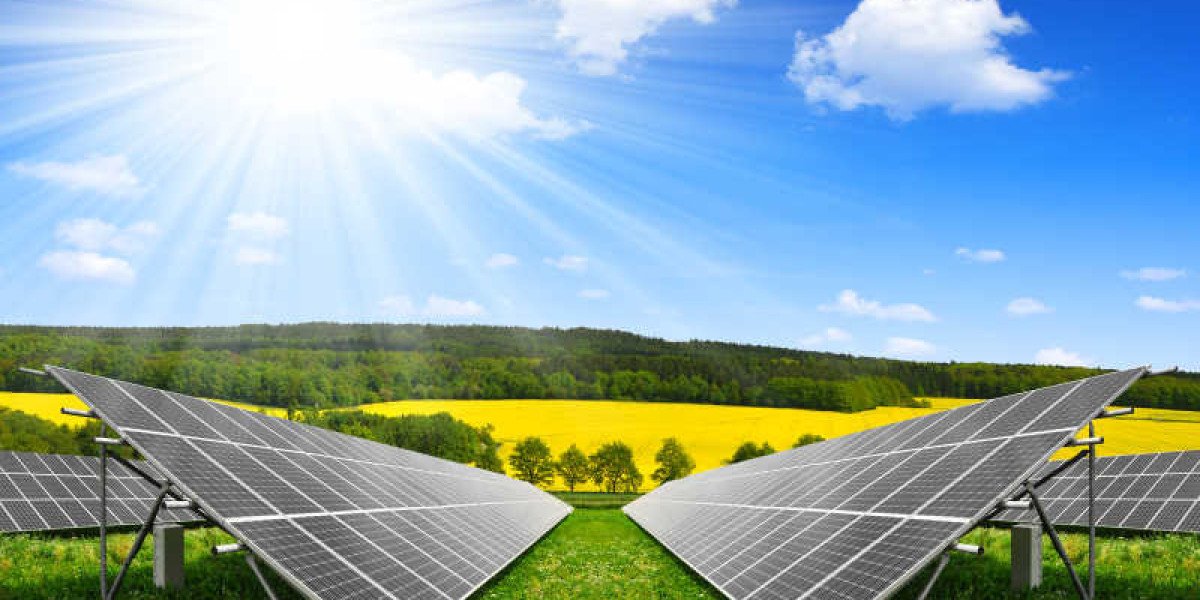Recently, the National Renewable Energy Laboratory (NREL) has developed the world's most efficient solar system batteries to date, with a maximum energy conversion efficiency of 47.1%.
While these conversion efficiency records are often broken, at least for now, a solar cell with a 47.1% conversion efficiency can claim to be the most efficient solar cell in the world.
The latest results were published April 13 in the journal Nature Energy.
Solar cells are constantly moving forward on the road to improving conversion efficiency, and the right combination of materials can improve the ability of solar cells to convert solar energy into electricity. "This new device demonstrates the great potential of multi-junction solar cells," said John Geisz, senior author of the paper and chief scientist of NREL's High Efficiency Crystal Cell group.
Solar cells thinner than a human hair
Multijunction solar cell is a kind of high efficiency solar cell. Each battery has a number of thin films made by molecular beam epitaxy or organometalic chemical vapor deposition, and these films are composed of different semiconductors with different characteristic energy gaps, and these energy gaps can absorb electromagnetic wave energy at specific frequencies in the spectrum.
Research to date has proven that silicon is the Gold Standard for solar cell efficiency, with single-junction solar cells using only silicon currently achieving a maximum efficiency of 33%.
In fact, by changing materials, adding more nodes, and performing a series of engineering techniques in between, the 33% conversion efficiency limit can be exceeded. For example, some three-junction solar cells may have a conversion efficiency of more than 45% when sunlight is concentrated.
The latest solar cell developed by NREL is a III-V six-junction structure, where "III-V" refers to the position of the light-absorbing element on the periodic table, and III-V materials have a wide range of light-absorbing properties. Each of the cell's six connection points is specially designed, and they consist of six different types of photosensitive layers that can capture light from a specific part of the solar spectrum.
Through modern engineering and nanotechnology, the device contains a total of about 140 layers of different III-V materials to support the performance of these connection points, but is only one-third the width of a human hair.
New record for solar cell efficiency
To investigate the performance of the III-V six-junction solar cell, NERL scientists conducted tests under concentrated light that is 143 times stronger than natural sunlight.
The test results showed that their new solar cell achieved a record conversion efficiency of 47.1 percent under concentrated light.
Ryan France, one of the co-developers of the III-V multi-junction cell and a scientist at NREL, said that the potential for solar cell efficiency beyond 50 percent is "actually very possible," but because of the fundamental limitations of thermodynamics, objects are always exchanging energy with the outside world, so the conversion efficiency cannot reach 100 percent.
Although the test was conducted under concentrated light and the resulting efficiency would be somewhat reduced in practical use, the team says it is possible to build the device with mirrors to focus sunlight on the battery.
At the same time, the research team also tested the new battery under normal sunlight, and its conversion efficiency still reached 39.2%. The 39.2% conversion efficiency may not seem exceptional, but it's still nothing to sneeze at. In fact, the conversion efficiency of 39.2% has set a new world record for the conversion efficiency under the sun.
John Geisz said that the main obstacle to achieving a solar cell efficiency of more than 50% is reducing the resistance inside the cell that blocks the flow of electricity.








